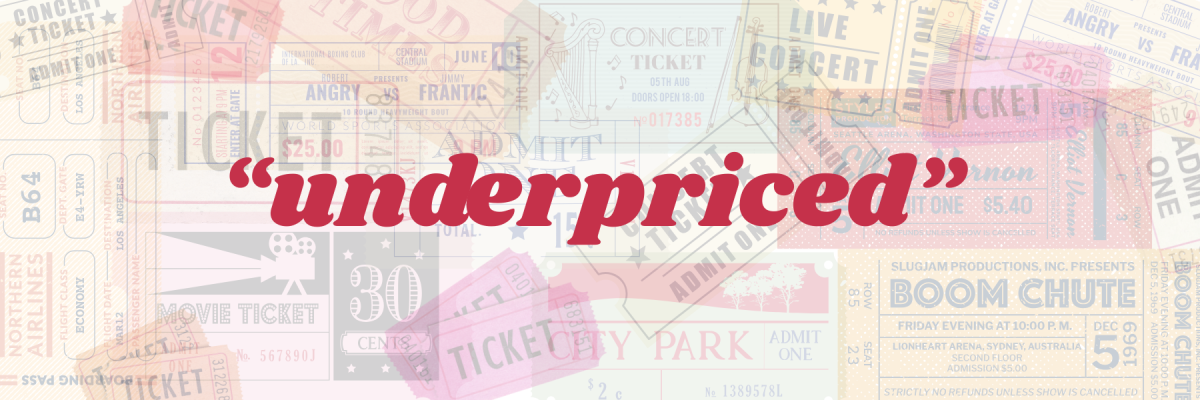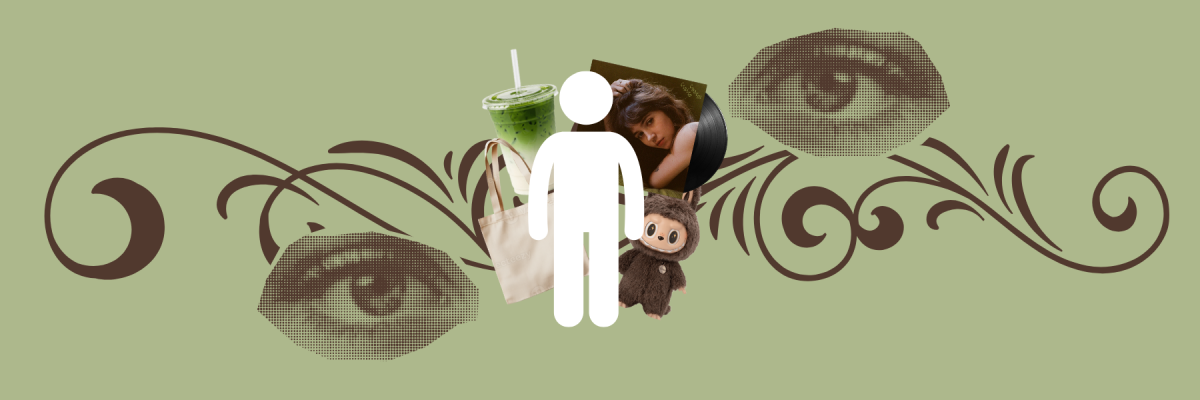The teenager in me mourns the late, great J.D. Salinger
Article by: Alex Pearlman
The critic Arthur Mizener once called J.D. Salinger “the most avidly read author of any serious pretensions in his generation.” That is a true statement. But Mizener, when he wrote that in 1959, didn’t account for the fact that Salinger would be the most avidly read author of any generation since.
I have read Catcher in the Rye, conservatively, about 40 times. The book, which was at the same time the most banned and the most frequently taught book in U.S. public schools in 1970s, is, to me, a classic of epic proportions.
As I dove into it headfirst the first time, I knew right away that it would be my favorite book, but I didn’t know the first time I read it that it would lead me through trauma after drama, through public school, through boarding school, through best friends and boyfriends, through college and through everything in between.
Every time I read the book, it says something different to me. Holden is one of the loneliest, cynical, heartwarming, innocent and rebellious characters in American literature. And Salinger himself wasn’t far from that description.
He was an impressionable person, jumping from idea to idea, never quite settling on anything. He was a Zen Buddhist, a Scientologist, a Hindu, and a disaffected recluse. Some might even say that he was so obsessed with his work – being a writer – that it was what eventually drove him to the madness so many now associate with him.
Before he was the mysterious character I grew up hoping to meet one day and have a cup of tea (spiked with something) with, Salinger was writing stories instead of paying attention in class.
His first publishing was a story called “The Young Folks,” which was published in 1940. After Salinger returned from World War II, “A Perfect Day for a Bananafish” was published in The New Yorker. It was the first story about Salinger’s imaginary family of former vaudevillians, the Glasses, and their seven wild children, all of whom were featured in other various stories, including another best-seller, Franny and Zooey.
After Catcher in the Rye was published in 1951 and Salinger became a cultural icon, he was approached with movie deals that eventually fell through and was the subject of newspaper stories that painted him in a light that he didn’t approve of. He wrote a number of other short stories and poems, but became increasingly reclusive until he vanished completely in the late 1980s.
On the dust jacket of Franny and Zooey, he wrote, “It is my rather subversive opinion that a writer’s feelings of anonymity-obscurity are the second most valuable property on loan to him.”
Salinger continued to write while stowed away in the New Hampshire woods, but many of his stories have never seen the light of day. He had expressed that he had no interest in publishing them, but recent reports say that there may be as many as 15 unpublished manuscripts.
In the end, Salinger died an enigma. He was a fantastic writer who captured the essence of adolescence in a way that many have attempted to replicate, but none have ever been able to. It’s for this reason that every time I open my copy of the book (its formerly white exterior now a well-loved shade of yellow) I drop into Holden’s mind and the words, Salinger’s and Holden’s, are always the same. They’re always there to offer some advice or criticism.
Salinger was a master wordsmith, one of the best in American history, whose views on our teenage lifestyle and culture were flawless and true – no one else’s will ever compare.
Hemmingway once described Salinger as having “a helluva talent” and a number of other writers have credited Salinger as their biggest influence, including John Updike and Philip Roth. I know he’s been mine. His death was the last gasp of teenage angst heard round the world. He will be missed.







Grandma • Feb 10, 2010 at 9:37 pm
Very well written. Alex will one day be another Salinger……..or equivalent.